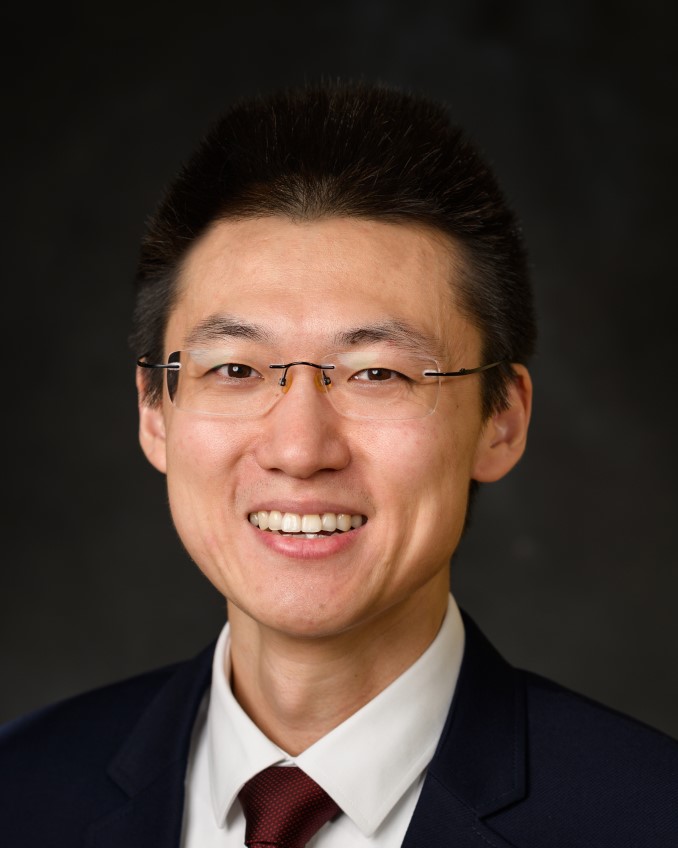About This Webinar
Congenital heart defects (CHDs) are the most common birth defect. Understanding how the heart develops is crucial in elucidating the mechanisms that underly CHDs, leading to effective prediction and prevention. The dynamics of the early embryonic heart as a pump supports blood circulation and also generates forces that regulate cardiogenesis through mechanotransduction. Although biomechanical factors are increasingly recognized as an essential cue that drives and controls critical morphogenic events, tools to study the biomechanical aspect of heart development in live embryos remain limited, especially for the mammalian model.
Shang Wang and colleagues present live functional imaging and assessment of the mouse embryonic cardiodynamics via optical coherence tomography (OCT). They reconstruct the hemodynamics inside the heart, using Doppler OCT together with cardiac structures in 4D (3D plus time) at a microscale spatial resolution and a 100-Hz volume rate. Quantitative analyses of blood flows and heart wall movements enable detailed characterizations of the localized pumping process in the tubular embryonic heart, which contributes to the early biomechanics of cardiogenesis. This high-resolution OCT-based imaging approach provides an exciting opportunity to study the dynamics of defected cardiac development in mice that model human CHDs.
***This presentation premiered during the 2021
Photonics Spectra Conference Biomedical track. For information on upcoming Photonics Media events,
see our event calendar here.
Shang Wang
